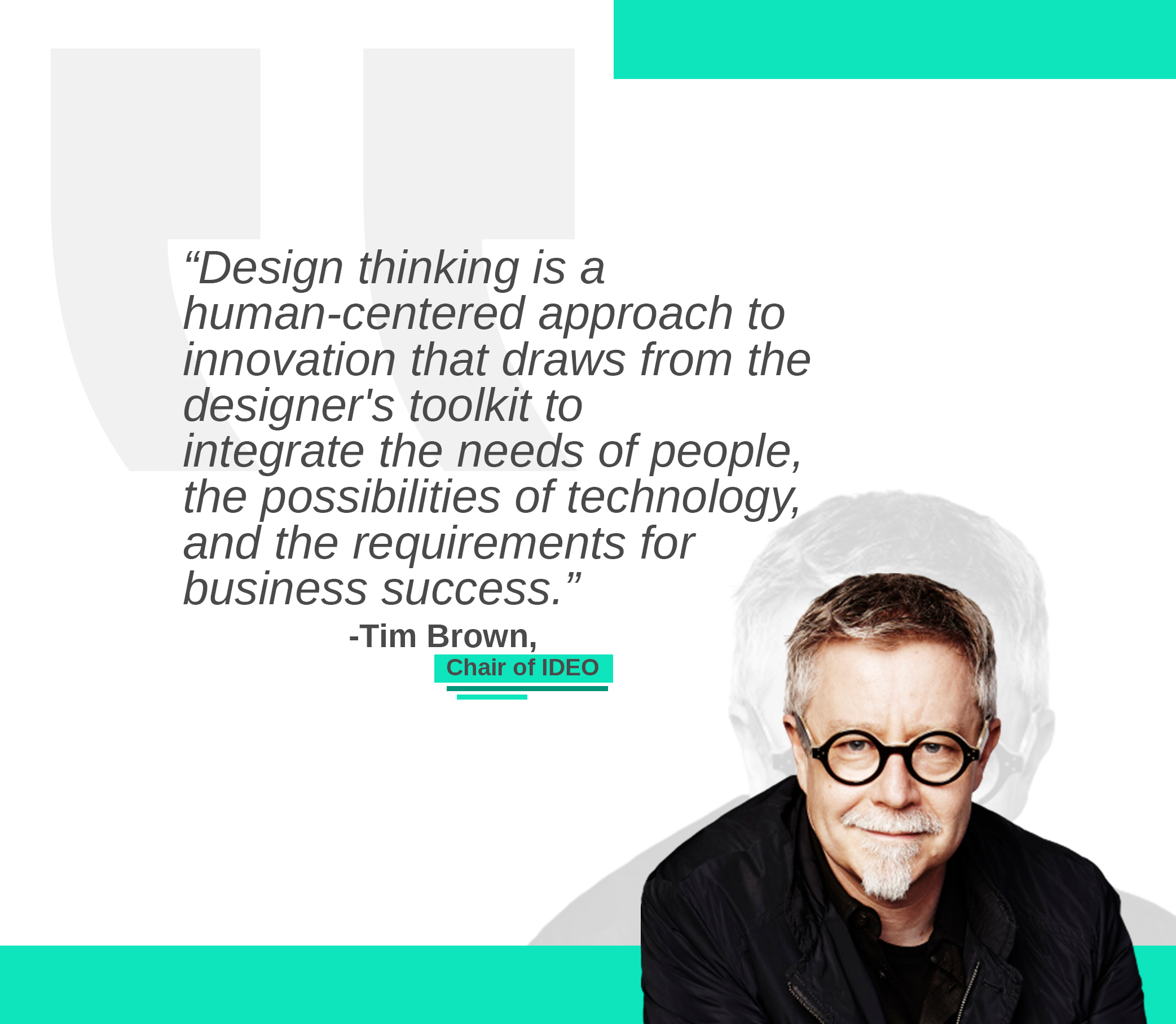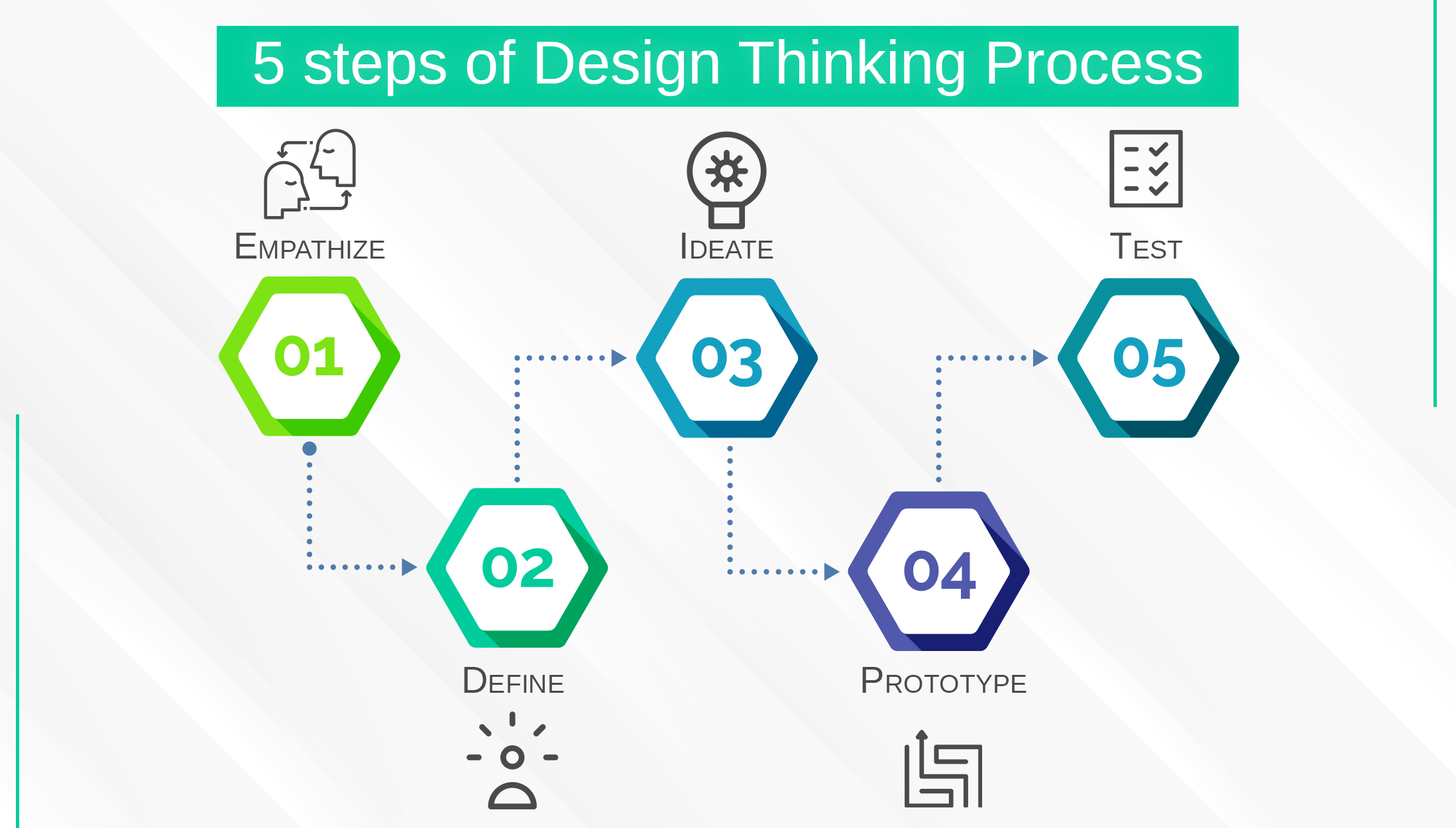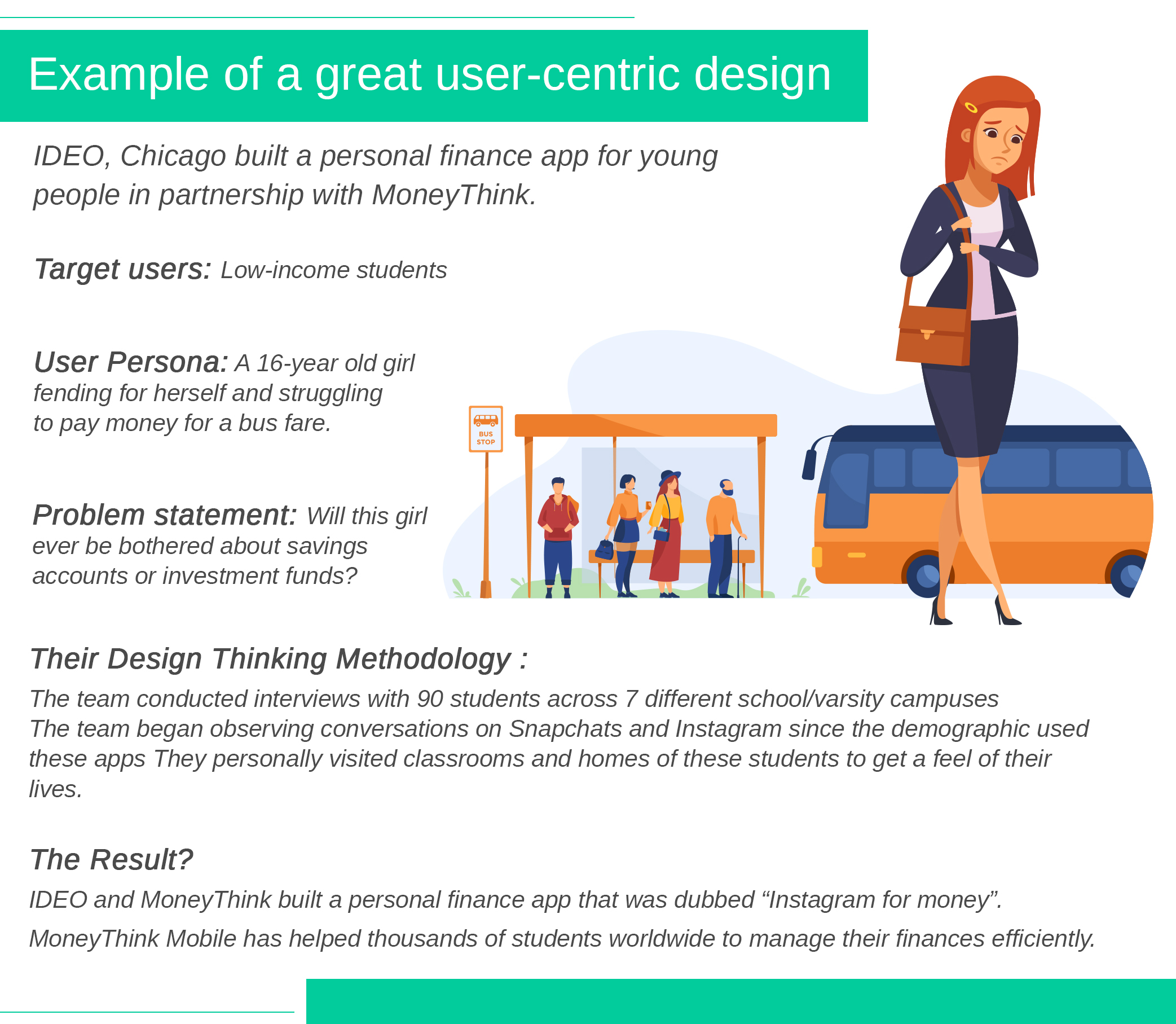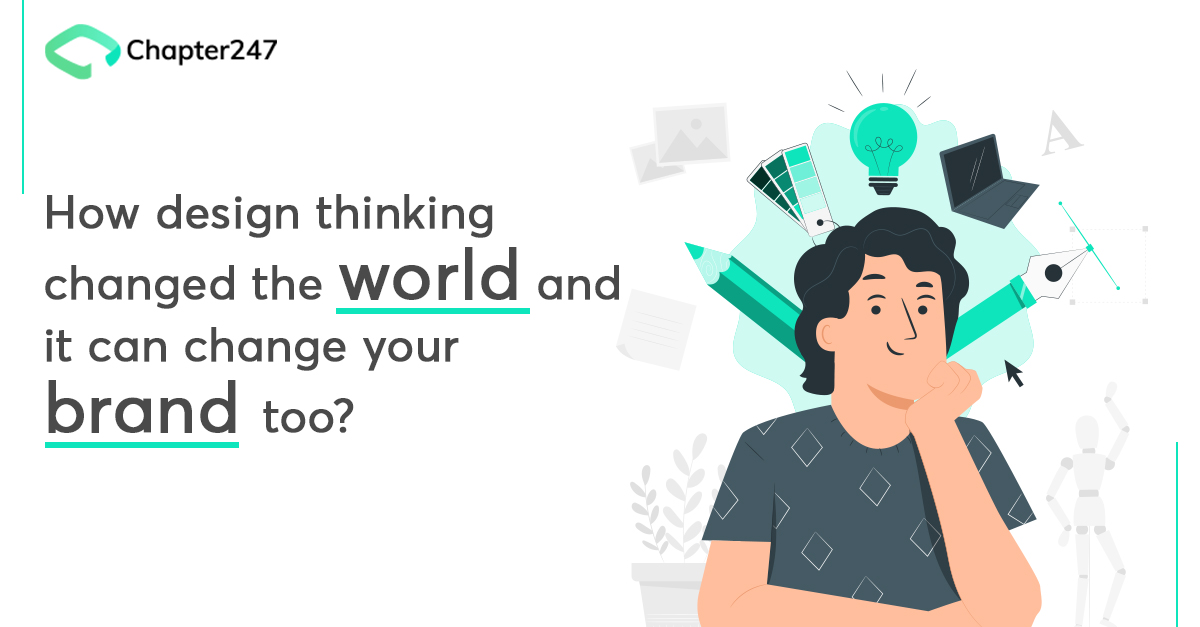It took many studies and researches for the scholars of the world to conclude that ‘design’ indeed was and is science. Back in 1978, David Kelley formed his Design Firm David Kelley Design. The term ‘design thinking’ arrived into the lexicon of businesses in 1987 when the then Director of Urban Design Programs at Harvard University, Peter Rowe published his book by the same name. Though the book focussed on architectural designer approaches, it did become a good framework for designers.
It was in 1991 that David Kelley, Bill Moggridge, and Mike Nuttall merged their companies to form IDEO – the combining form of the word ‘idea’ as ‘Ideogram’. IDEO today is a noted design firm based out of Palo Alto, California and has clients such Levi’s, Swarovski, Google Creative Lab, Ikea, Burberry, and Apple to name a few.
IDEO was the firm that had designed the first manufacturable mouse for Apple and has advanced the practice of human-centered design ever since.
 How design thinking changed product innovations?
How design thinking changed product innovations?
Design Thinking as a concept advocates that human beings must be at the center of any design. That means it’s important that designers or product innovators get into the shoes of the end-users to get a feel of their challenges and problems.

This approach helps designers and developers to keep users in mind right from the prototyping stage. The Empathy stage involves creating “user personas” as to what these users like, dislike, think or feel. The user-centric approach to designing helps developers and engineers build empathy for customers – that goes a long way into creating products and services that truly build advocates among the end-users for that brand.
For understanding users, the following three questions must be asked:
- Who is my user? Age, region, gender, likes, dislikes etc
- What are my user’s problems? Pain points in a specific area
- How does my design help? The Solution to the above problem
 3 stellar products that followed the Design Thinking process
3 stellar products that followed the Design Thinking process
# 1 Braun/Oral-B Electric Toothbrush
The original idea of Braun and Oral-B was to create an electric toothbrush with a variety of sophisticated data-tracking features for gum sensitivity, style of brushing, and even a music player. However, Kim Colin and Sam Hecht, founders of the London-based design studio Industrial Facility, suggested the companies to think from the user’s perspective. The result was an exceptional product that had on-the-go features, USB charging, and user feedback system to boost sales and increase customer loyalty.
# 2 Airbnb
There was a time when Airbnb was making less than $200 a week. Founders Joe Gebbia and Paul Graham were initially puzzled as to why they weren’t making much progress with such an innovative service. They changed their way of thinking and applied Design Thinking. They realized they weren’t getting bookings because the pictures of the homes were terrible. The founders grabbed a camera and traveled to New York, taking stunning pictures of the homes they were listing. A week later, their revenue doubled and today Airbnb is worth $100 billion.
# UberEats
The entire design team at UberEats has always adhered to the design thinking process. This is why the app is today so intuitive and extremely popular among users. As part of following the process, the team constantly does field testing as part of what they call The Walkabout Program where designers are sent to a specific city to learn about its infrastructure, transportation, restaurant, and delivery.
How can design thinking change your brand?
At the heart of design thinking is “Empathy”. This means when you are building an application, a product or a service, you always keep the end-users in mind right from the ideation stage. Brands that have tried this approach have been more successful in their market than their peers.
Helps create great user experiences
Design thinking leads designers to wear the users’ thinking hats. That helps them identify emotions that trigger purchase decisions. This approach not only helps designers but also marketers, strategists or any customer-facing function such as finance.
Create models to identify problems
A lot of times it becomes hard for app and product designers to nail a complex problem. When you start with empathy, the problems are not only identified but also mapped visually. This has helped many companies solve complex and unique problems.
Prototyping helps explore potential solutions
Design-centric businesses and organizations build prototypes of new products, ideas, or new services. The customer journey maps explore the problem space, the prototyping explores the solution space. When organizations are in the habit of prototyping every solution, they are often able to come up with unique value propositions for their applications or services.
Learning to fail fast and move on
A design-centric business is often nurturing and can tolerate failures. When developers, designers, marketers are given free reign to experiment and fail, there’s more chance of inventing ground-breaking solutions and apps to delight end-customers. Design thinking advocates quick prototyping, testing, failing and moving on. This accelerates the business to quickly move from one less effective solution to a more effective solution.
Final thoughts
Today technology companies such as IBM, Apple or Samsung or consulting firms such as Deloitte or Mckinsey are using design thinking in developing delightful customer experiences. Design today has bigger and broader stakes than it did a few decades ago.
In Chapter 247, we have a rich culture of design-thinking where we nurture talents and technology processes in a way so as to become more and more user-centric. The mobile and web solutions that we have designed have helped our clients solve complex consumer problems. Be it developing a futuristic chat-bot creation platform for lead generation or helping a video streaming platform increase its viewership through cloud migration, our team has always thought and designed from a user’s perspective. If you are waiting to delight your customers through a user-centric software solution or an application, we must talk.







